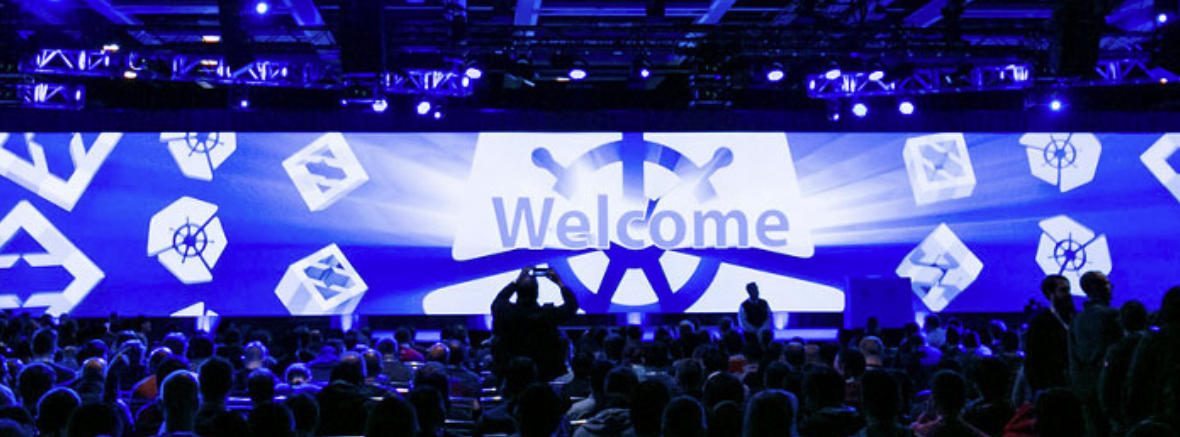What is Kubernetes and how can it improve the production in your company?
Kubernetes (short k8s) is a system for managing applications running on multiple computers at the same time. It is an application cloud in which it does not matter for the programmer and the user on which computer the application is currently running. More specifically, you don’t install applications in k8s in the traditional sense, but each application runs in a virtual container, commonly known as a Docker Container. That is, in an isolated environment that already contains all the necessary settings and required software. The container is created from the image of such an installation based on the instructions created by the programmer. This allows you to:
- fast and automated response in the event of a server failure in the network, i.e. automatic transfer of the container with the application in just a few minutes, including the databases to another server.
- duplication of containers with the application in parallel (Horizontal scaling). Then the external user will not even notice the fault of the server or even the application itself.
- creating local developer at developer which is very close environment to production environment in k8s. (exclusion of the “works for me” effect)
- perform tasks in the background on the currently least loaded servers.
- easy and detailed monitoring of applications, analysis of logs and creating effective alarm scenarios, or setting priorities for software improvement.
- independent updates of infrastructure and applications – no need to suspend the work of applications in the event of replacement or maintenance of servers.
Therefore, Kubernetes works especially well for those enterprises that generate the main part of their turnover with their applications and want to ensure the highest level of availability for users, while reducing infrastructure and development costs. One of the great advantages of Kubernetes is the concept of scalability, i.e. the ability to use many copies of the application at the same time to dynamically distribute their work and the demand for computer resources across multiple devices, ensuring stability and high availability of the services provided.
For developers, it gives completely new possibilities to implement updates faster and, if necessary, quickly restore the application to the previous version. It should be noted here that developers who have not had any previous contact with Kubernetes, or at least Docker software, may have difficulties with a completely different work environment and new rules for some time. When deploying a Kubernetes-based infrastructure, the migration process, doubts, and reservations must then be considered. However, these pass quickly, when minor problems no longer lead to downtime in the development of the application, and the tests take place automatically on the production infrastructure.
Kubernetes works very well in the “cloud”. It allows you to effectively match the necessary resources to the needs and thus better control infrastructure spending.
We have many years of experience with Kubernetes. We create and manage many different solutions in this area. We invite you to talk!
(Image credit: https://kubernetes.io/community/)




